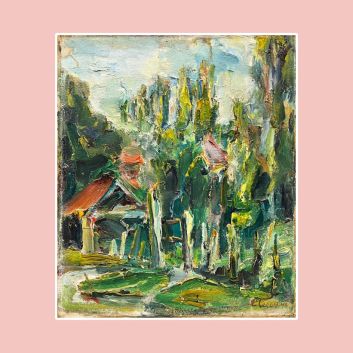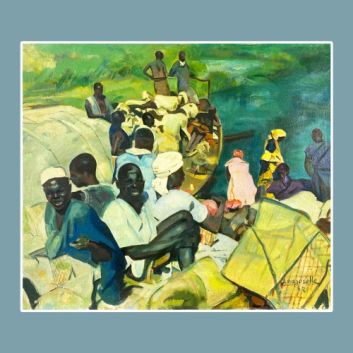Value and quotation of works, paintings by Eugène Leroy
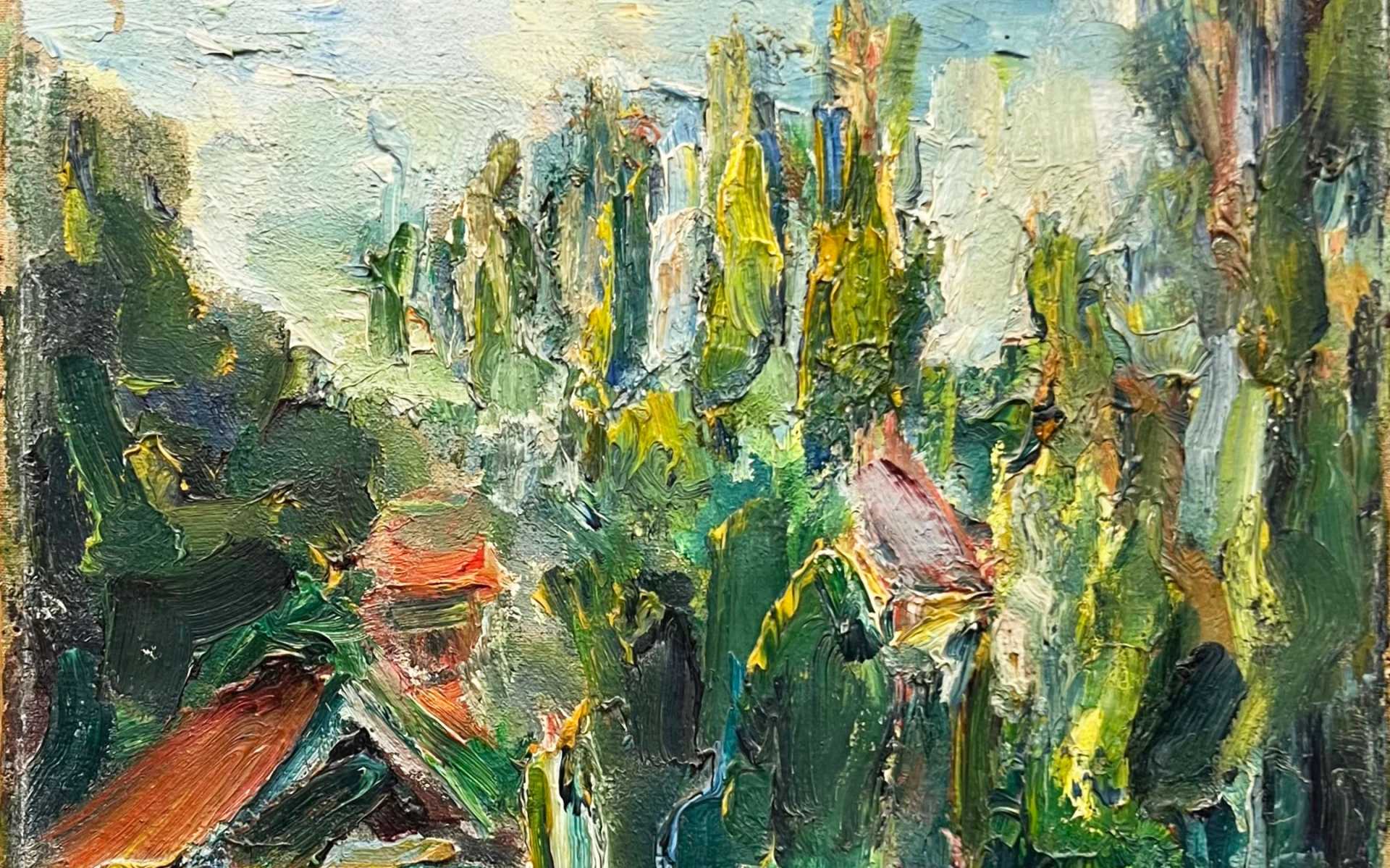
If you own a work of art by or after Eugène Leroy, and would like to know its value, our state-approved experts and auctioneers will offer you their appraisal services. Our specialists will carry out a free appraisal of your work, and provide you with a precise estimate of its current market value. Then, if you wish to sell your work, we'll guide you towards the best possible arrangement to obtain the optimum price.
Rating and value of the artist Eugène Leroy
Considered one of the most promising abstract painters of his time, Eugène Leroy took part in the artistic revolution of the 20th century. His legacy includes paintings, watercolor drawings and prints. Today, prices for his works are rising under the auctioneer's hammer. His paintings are particularly prized, and the price at which they sell on the art market ranges from €90 to €80,000, a considerable delta but one that speaks volumes about the value that can be attributed to Leroy's works. In 2022, a polychrome composition in neutral tones entitled L'été by Temps Gris, dating from 1997, sold for €80,000. The artist's value is therefore at an all-time high.
Order of value from a simple Eugène Leroy painting to the most prestigious
Technique used | Estimate |
|---|---|
From €120 to €600 | |
Drawing - watercolor | From €90 to €9,500 |
Oil on canvas | From €500 to €80,000 |
Response in less than 24h
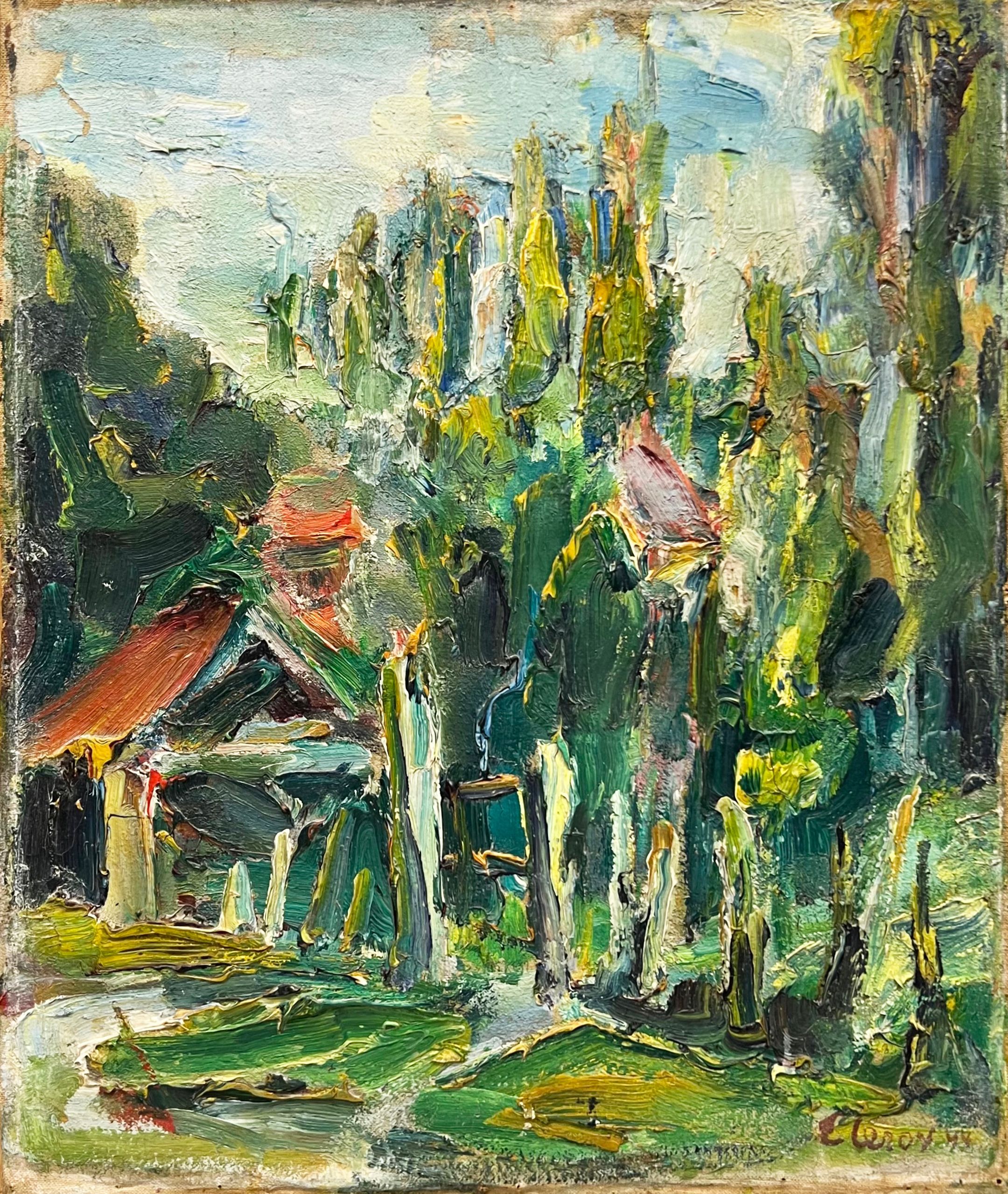
Eugène Leroy's style and technique
Much of Eugène Leroy's artistic process focuses on working with color. He was influenced by many of the great painters of his time, such as Malevitch and Mondrian. He drew inspiration not only from them, but also from the great masters, especially of Northern art, such as Rembrandt and Van Gogh. There is no particular movement to which he can be linked, his work being highly evolutionary and based on an intellectual reflection on abstraction.
He uses oil paint (on canvas), with brush or knife, drawing and gouache, and produces a few prints.
The life of Eugène Leroy
Eugène Leroy (1910-2000) was a French artist who became a major figure in 20th-century art. He was born in northern France.
His father was an amateur painter, but died when Eugène Leroy was just 18 months old. He was raised very strictly by his uncle, who was a priest, and his mother. For his fifteenth birthday, his mother gave him his father's painting palette. He decided to become an artist.
He drew on the advice of his teachers, using nature as a model. He leaves for Rome shortly before his 18th birthday. He suffered from pleurisy (an effusion of the lung membrane) for three years: painting helped him through this ordeal.
His early canvases are imbued with an impressionist influence, as well as Flemish in their use of color. That's why it's hard to pin him down to a particular movement or style.
He began his training at the Beaux-Arts in Lille, near his hometown. He didn't stay long, however, and soon left for Paris to study at the Académie de la Grande Chaumière. He didn't think he was cut out for art studies and returned to Roubaix, in the north of France, to study literature and teach Latin and French in a secondary school. He did not stop painting, however.
He continued to travel to the Netherlands and Belgium to meet artists and observe works. It was there that he was struck by Rembrandt. He also had the opportunity to see Malevich, which would influence him for the rest of his career. Along with Mondrian, Malevitch was a source of inspiration in his search for abstraction, even if he did not go as far as Mondrian.
As a painter, he remained figurative, but this did not prevent him from taking an interest in the work of the more abstract artists, such as Kandinsky.
He was discovered by Bazelitz in the 1960s, which really launched his career.
Eugène Leroy's legacy
Eugène Leroy, among all the painters of the 20th century, stands out for the multiplicity of his influences. He blends Flemish art, Futurism, Impressionism, Expressionism and many other influences. He was also a man of letters, who applied his reading and study of philosophy to his art. His canvases are characterized by vague shapes and blurred lines, allowing him to create infinite shades of color. Like Jacques Germain, he uses the knife in the final stages, if not in all his canvases.
Recognizing Eugène Leroy's signature
The artist's works are often signed. If he does, the signature appears at the bottom of the painting, in a color that contrasts with the background. Here's an example.
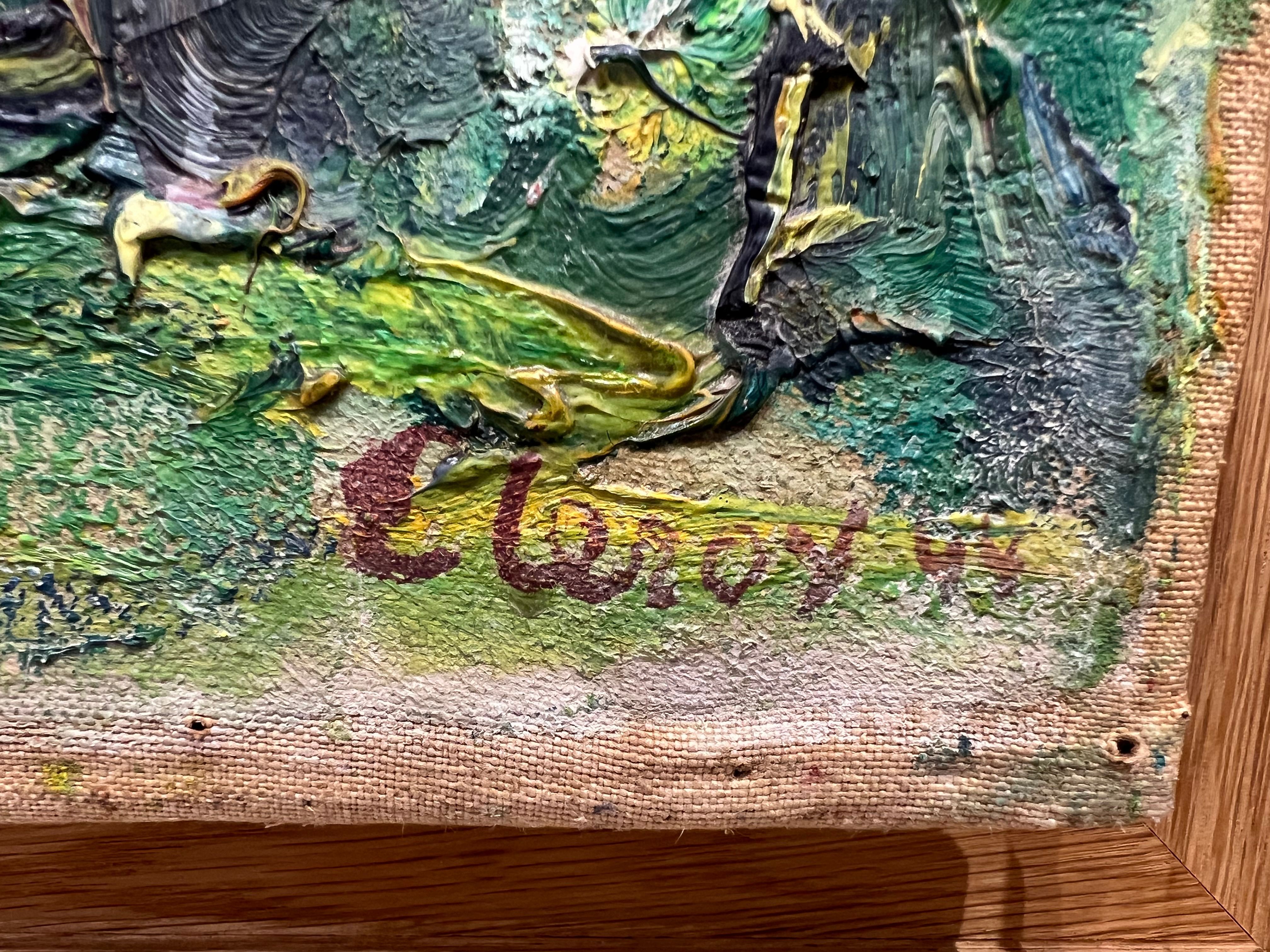
Know the value of a work by Eugène Leroy
If you happen to own a work by or after Eugène Leroy, don't hesitate to request a free appraisal using the form on our website. A member of our team of experts and certified auctioneers will contact you promptly to provide you with an estimate of the market value of your work, as well as ad hoc information about it. If you're thinking of selling your work, our specialists will also be on hand to offer you alternatives for selling it at the best possible price, taking into account market trends.
Response in less than 24h
Related topics
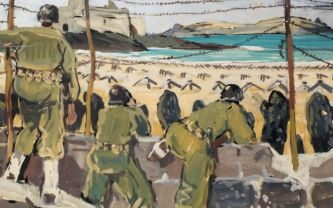
Rating and value of works, drawings, paintings by Mathurin M...
Mathurin Meheut was a post-Impressionist artist who mainly depicted Brittany and produced works that were successful at auction.
Read more >
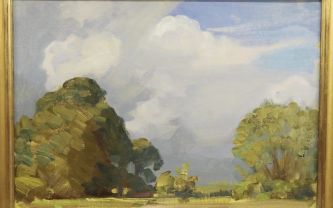
Rating and value of paintings by Harold Sp...
Harold Speed is an English painter who has produced valuable and successful works at auction. Estimated in 24h.
Read more >

Rating and value of works, sculptures and drawings by Germaine...
Germaine Richier is a twentieth-century artist who produced works that are highly regarded and valued on the auction market.
Read more >
Secure site, anonymity preserved
State-approved auctioneer and expert
Free, certified estimates
